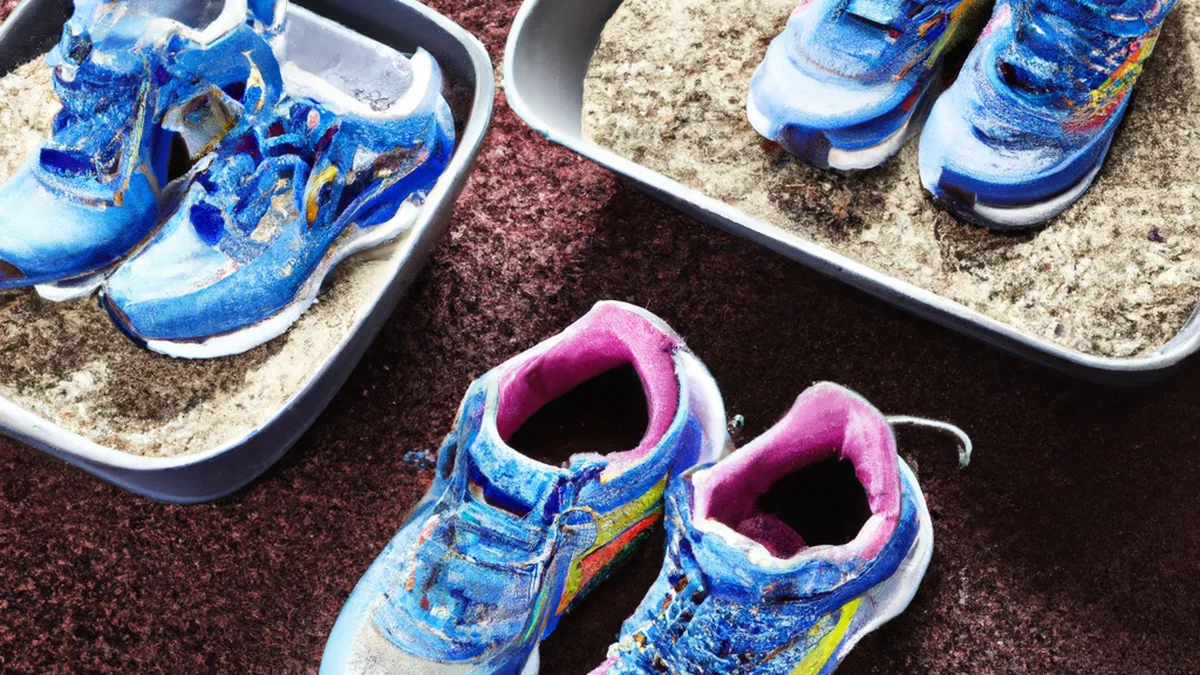Carbs vs. Fats: What’s Best Before Events?
Carbohydrate Loading Before Events: A Comprehensive Guide for AthletesCarbohydrate loading enhances athletes’ performance during endurance events. Athletes increase carbohydrate intake before races to maximize glycogen stores in their muscles. This strategy sustains energy during prolonged physical activity. This blog explores carbohydrate loading, offers practical tips, discusses timing, and highlights its benefits.
Understanding Carbohydrate Loading
Carbohydrate loading focuses on increasing glycogen, the primary energy source during endurance exercise. Athletes derive glycogen from carbohydrates in their diet. During prolonged activity, the body uses these glycogen reserves for energy. Once depleted, fatigue sets in, and performance declines.Carbohydrate loading increases glycogen stored in muscles. This helps athletes perform at higher intensities for longer. This approach benefits athletes in events lasting over 90 minutes, such as marathons and triathlons.
Tips for Effective Carbohydrate Loading
As an Amazon Associate I earn from qualifying purchases.
Gear tip: consider compression socks, agility rings, and compression sleeves to support this topic.
Athletes should adopt a structured approach to maximize carbohydrate loading. Here are essential tips for success.
1. Choose the Right Carbohydrates
Not all carbohydrates offer the same benefits. Focus on high-quality sources for energy and nutrients. Base meals on whole grains, fruits, and vegetables. Excellent choices include brown rice, quinoa, whole-grain pasta, oats, and various fruits like bananas and berries.Avoid sugary snacks and refined grains. Options like white bread and pastries can spike blood sugar, leading to fatigue.
2. Monitor Your Protein and Fat Intake
Carbohydrates should remain the primary focus during loading. However, maintain a balanced diet. Moderate your protein and fat intake. Aim for a macronutrient ratio of 70-80% carbohydrates, 10-20% protein, and 5-10% fat. This balance provides energy without causing fullness or sluggishness.
3. Stay Hydrated
Hydration plays a vital role in carbohydrate loading. Carbohydrates bind with water in the body. For every gram of glycogen stored, the body stores approximately 3 grams of water. Drink plenty of fluids during loading. Aim for 2-3 liters of water daily and consider electrolyte-rich beverages.
Conclusion
Carbohydrate loading effectively enhances endurance performance. Implement these strategies for optimal results. Prioritize quality carbohydrates, maintain balance, and stay hydrated.
Below are related products based on this post:
FAQ
What is carbohydrate loading?
Carbohydrate loading is a strategy used by athletes to enhance performance during endurance events. It involves increasing carbohydrate intake to maximize glycogen stores in the muscles, which helps sustain energy during prolonged physical activity.
Who can benefit from carbohydrate loading?
Athletes participating in events lasting over 90 minutes, such as marathons and triathlons, can benefit significantly from carbohydrate loading. This method allows them to perform at higher intensities for longer periods, delaying fatigue and improving overall performance.
What are some tips for effective carbohydrate loading?
To effectively carbohydrate load, athletes should choose high-quality carbohydrate sources like whole grains, fruits, and vegetables. They should also monitor their protein and fat intake, aiming for a macronutrient ratio of 70-80% carbohydrates, and stay hydrated by drinking plenty of fluids throughout the loading phase.















Post Comment